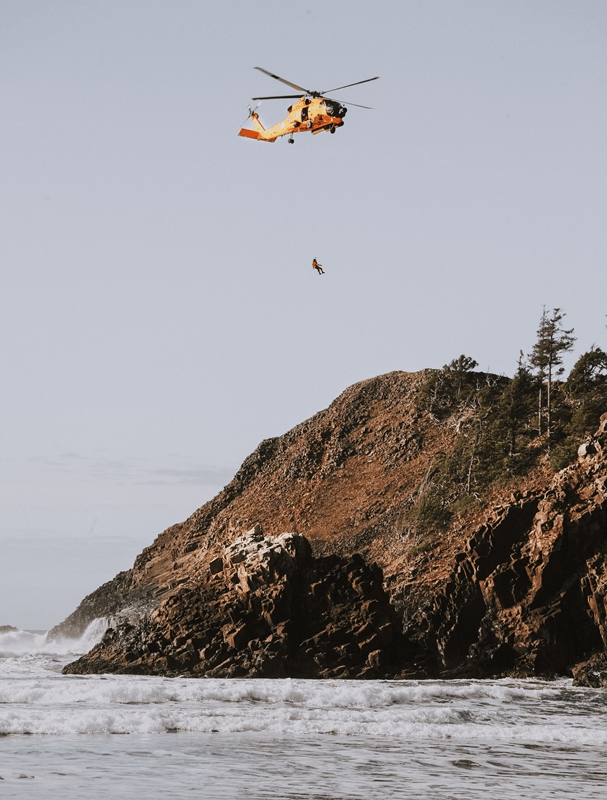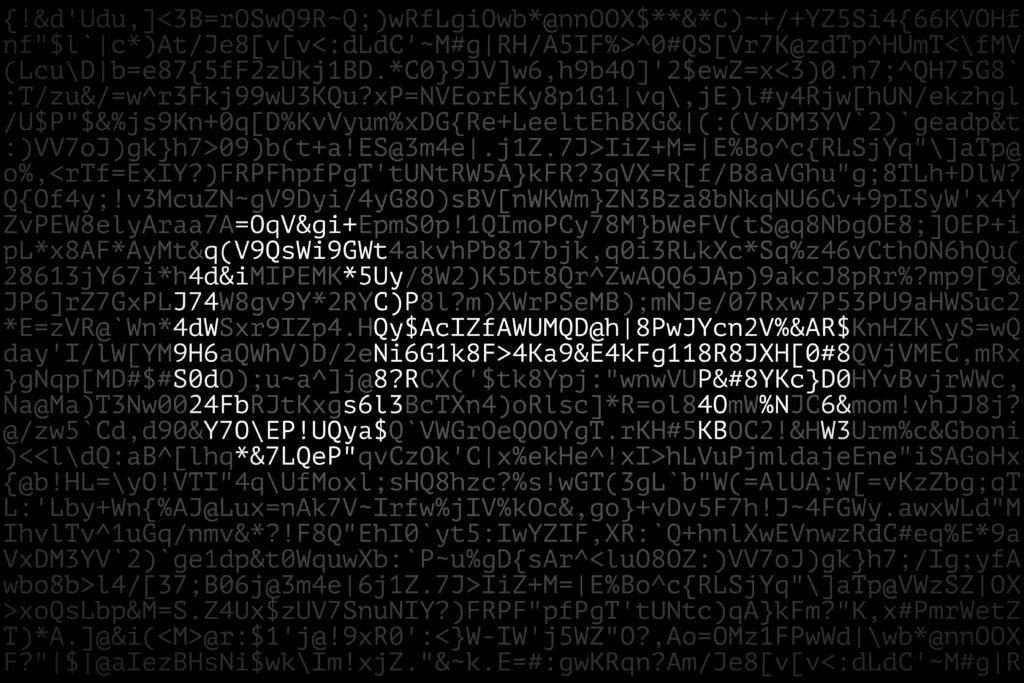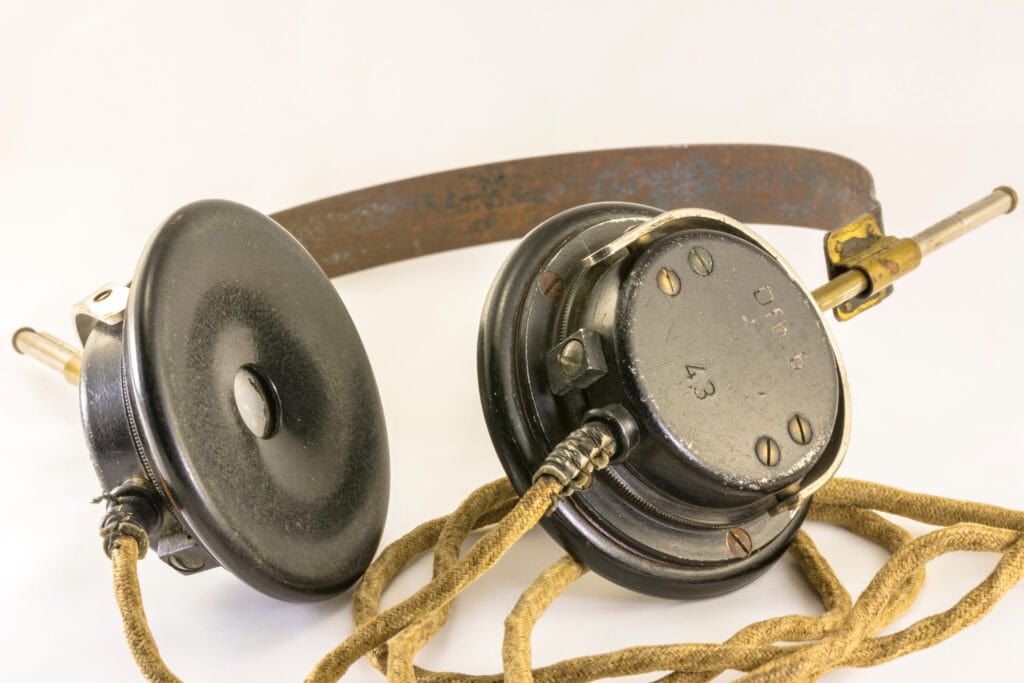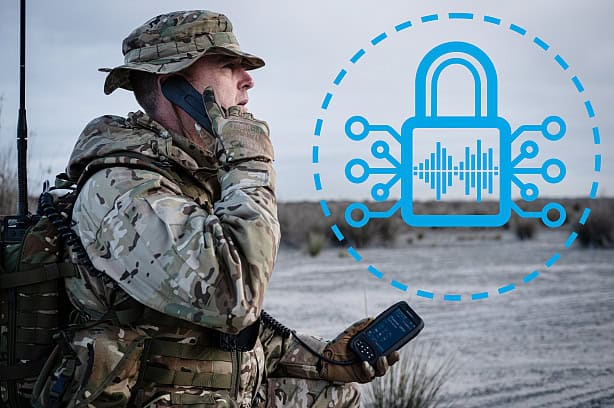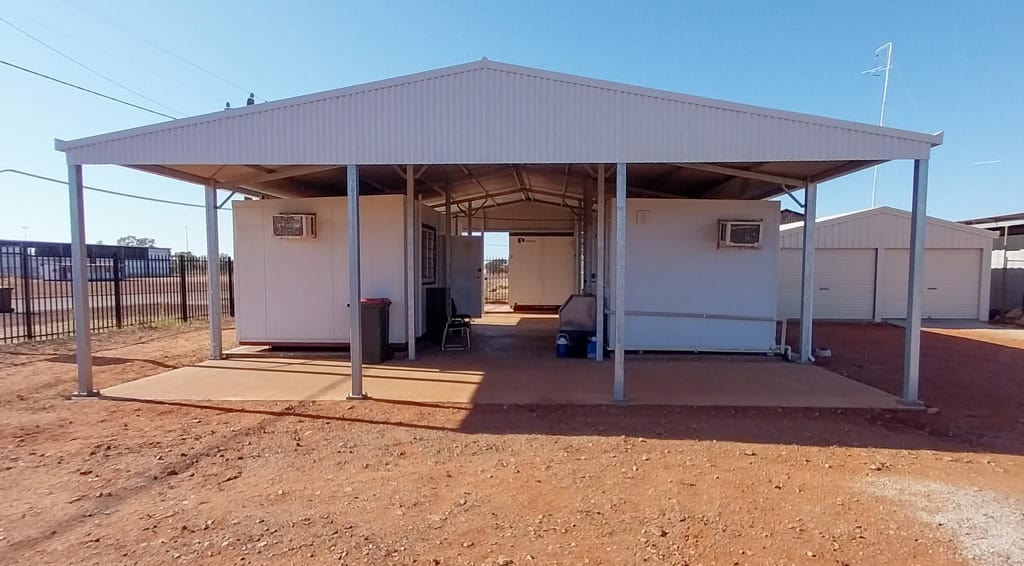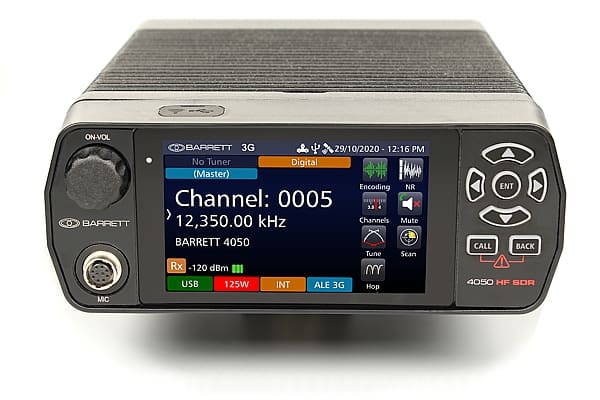HF or VHF: Which is right for you?
HF or VHF: Which is right for you?
If you’ve managed a tactical, critical comms or humanitarian mission, then you know the importance of making sure every member of your team is on the same page. You need a communications system that works quickly, consistently and reliably. Depending on the conditions of the mission, including team size, location, weather and terrain, that will mean investing in either a High Frequency (HF) or Very High Frequency (VHF) radio system. For more complex missions, both systems may be necessary for full coverage.
How are HF and VHF radio different?
HF and VHF radio signals exist at different frequencies and thus travel in different ways. HF radio waves are signals in the 3-30 MHz band. These waves are refracted in the ionosphere and to the ground in successive hops which allow communication over very long distances. Meanwhile, VHF, in the 30-300 MHz range, the signal propagation is far less affected by atmospheric and local RF noise conditions. VHF signals propagate as line of sight and so communication distances are far shorter than for HF radios.
The right call for your organisation
Determining whether to invest in a HF or VHF radio system depends on several factors, including the size and locations of the members of your team and the terrain and weather you’ll be working over. If your team is staying relatively close to each other, a single VHF system will likely suffice. VHF will allow you to have crystal clear conversations with team members within line of sight. HF, meanwhile, while not necessarily as clear as VHF, can reach further. If you need to communicate with a member of the team in a completely different location, then HF radio is a must.
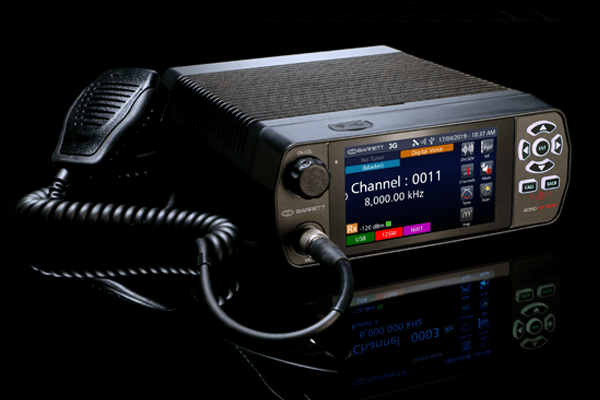
An example of an HF radio system.
Terrain and weather will also impact your choice of communications system. Because VHF radio is restricted to line of sight propagation, propagation can be impaired by geographical obstacles, such as mountains and city buildings. These challenges can be overcome with the use of VHF rebroadcast systems. The impact of weather is more of a consideration for HF radio, due to its skywave propagation. The use of Digital Signal Processing and communications path assessment software can reduce the atmospheric noise during sever weather conditions to ensure clear communication is maintained.
Ultimately, if you’re running a multi-faceted tactical, critical comms or humanitarian operation in which you’ll need radio communication both amongst your team and to locations further afield, such as a headquarters or ground-control facility, you’ll need a communications system with both VHF and HF capabilities.
Whether HF or VHF (or both) is appropriate for your team, Barrett Communications has the solution for you. Since 1976, we have been one of the world’s leaders in radio systems, earning a reputation for reliable, cost-effective and user friendly solutions. All of our products are backed by ISO 9001:1008 quality assurance certification. With offices on three continents and a clientele that spans the globe, our team can help you not matter where you are or how big or small the mission is.

